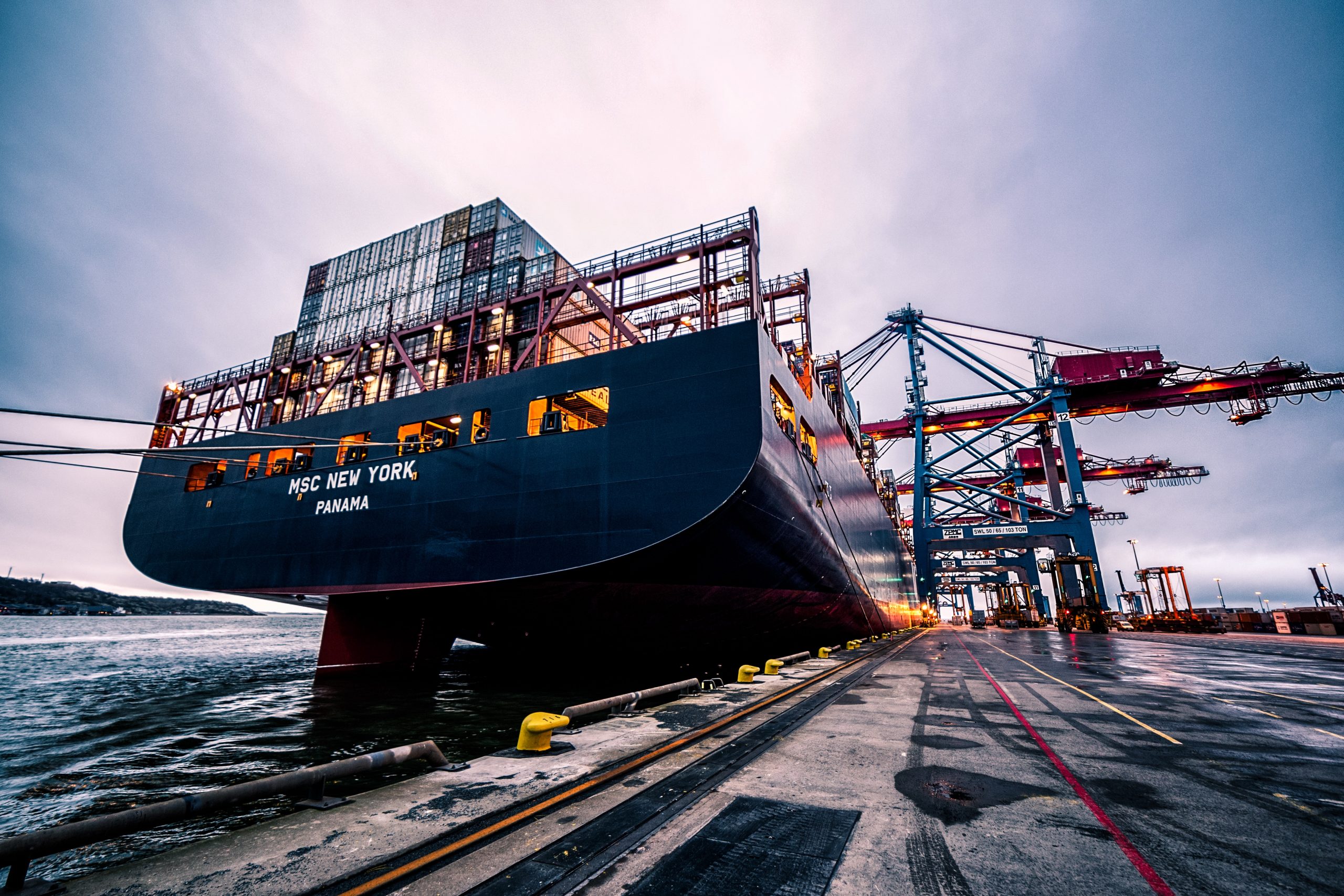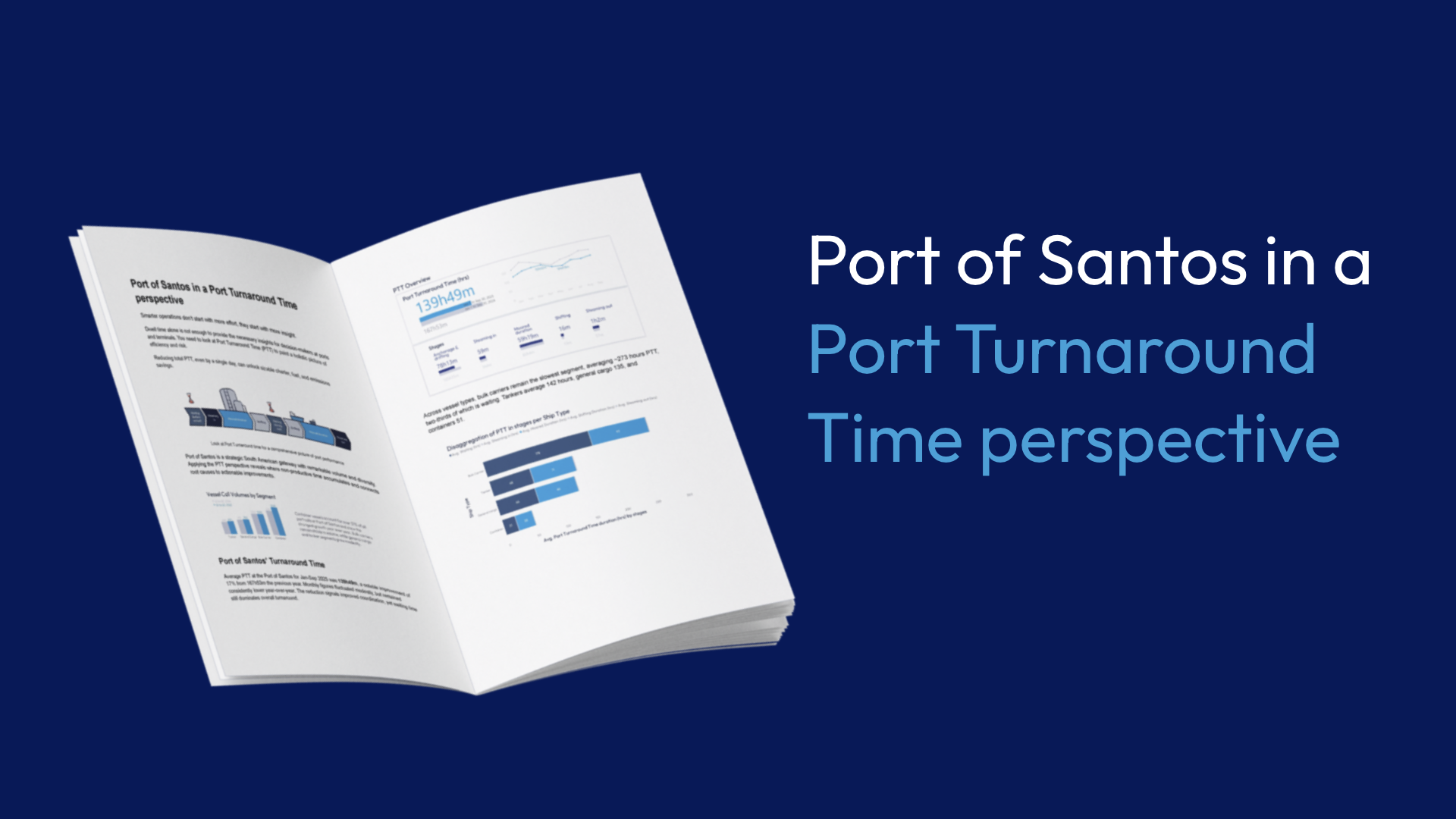The future starts today
What is the future of shipping? Ports handle 80% of world trade and merchandise, meaning that they are a key part of the global supply chain. In turn, what goes on in the world heavily affects port activities and shipping operations. From demographic trends to sustainability concerns and technological developments, these key global trends are all drivers for change and disruptions in the shipping industry.
Global population will continue to grow and put more pressure on maritime infrastructure. Geopolitical disruptions will arise and affect trade flows as well as policies. Digitalization is becoming more and more widespread, and new technologies are continuously being deployed. Concerns regarding climate change are increasing and maritime businesses would need to adapt accordingly. All of this points to continued growth but also high uncertainty for shipping, a huge and complex industry that requires many considerations.
Expected annual growth in the shipping industry
The United Nations Conference on Trade and Development (UNCTAD) has estimated the average annual growth of the industry over the past two decades to be about 2.9%. Over the period of 2022-2026, UNCTAD expects growth rate to slow to 2.4%. The industry has rebounded from the COVID-19 disruption quite well, but the humanitarian crisis regarding crews and seafarers still remains. All in all, uncertainty has risen in these recent years, heightening the need for resilience and agility in the shipping industry.
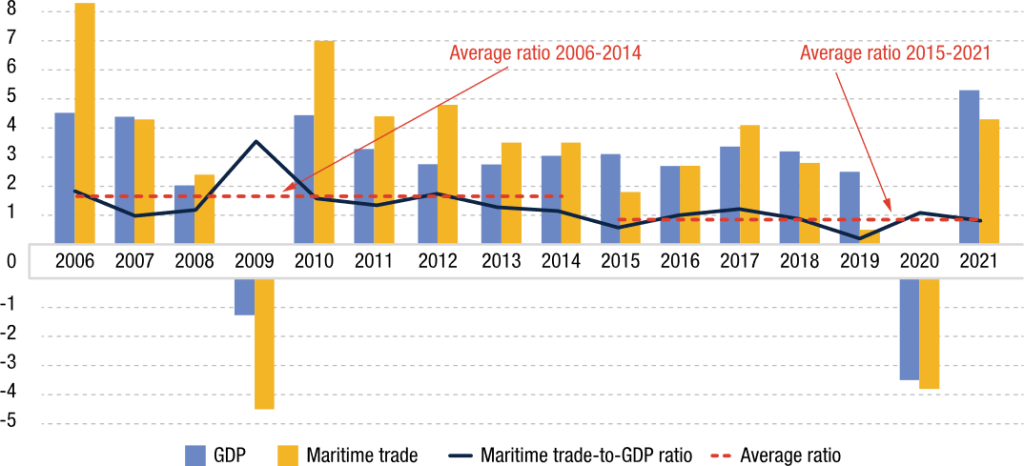
Source: UNCTAD
Macro trends
With the shipping industry globally serving the world, macro economic developments will directly impact the industry. It is important for maritime businesses to be aware of key trends to prepare for any changes and disruptions.
1. Digitalization
The maritime world is on a journey toward technological innovations and automation. The industry is speeding up this development in the hope to stay relevant and resilient toward changes. Traditional methods of operation have shown to be inefficient and cause hidden costs to arise. Stakeholders will need to integrate IT systems and digitalize their data to support new technological solutions. Digital transformation is inevitable for the maritime sector, and it is up to businesses to devise the right strategies and integrate new innovations.
2. Climate change and pollution mitigation
The past decades have seen great growth from the industry. This, in combination with the industry’s heavy reliance on polluting fossil fuels, means that shipping is responsible for a large amount of GHG emissions. While the use of solar and wind power is becoming more common, the industry emission rate is still increasing at an alarming level. At this rate, the impact of climate change will eventually cost businesses billions if there is no action taken to decrease fuel consumption and mitigate pollution. Business leaders will need to act fast to reduce fuel consumption and build a sustainable future for the shipping industry.
3. Geopolitical influence
The influence of governmental decisions and interventions is on the rise, which has a strong impact on commercial shipping. Maritime trade is vulnerable against geopolitical disruptions. As the Ukraine – Russia conflict keeps on going, so too would trade flow be hit. Businesses will need to navigate through these complicated landscapes and be careful of incurring costs.
4. Diversification of the maritime workforce
The maritime industry is stepping up efforts to enhance diversity, equity, and inclusion (DEI) in their workforces because doing so will pay off for both the workers and the businesses themselves. These efforts have been steadily increasing each year, and employers have made DEI an important criteria of recruitment. A diverse workforce will perform better and be more innovative, which is especially important when the COVID-19 crisis emphasized the need to build a resilient and relevant workforce. Business strategies will need to include diversity in order to attract and retain talents.
How is COVID-19 affecting the shipping industry?
The COVID-19 disruption undoubtedly hit the trade flow hard. The container shipping industry and commercial shipping were heavily affected by the pandemic, with disruptions in supply chains and trade flows causing significant challenges for businesses.
When the initial shock had passed, the industry recovered relatively well. The shipping industry managed to surpass the crisis, but there are still lingering problems. The recovery of the industry has been asymmetrical, which spells even more uncertainty for businesses. With different regions recovering at a different rate, many bottle-necks have appeared in the supply chain. Businesses will need to navigate this challenge, on top of the remaining restrictions due to the pandemic. Humanitarian crisis is also a huge issue, affecting the working force and industry talents. These effects have changed the way businesses operate, but such quick change in a short period of time also presents many difficulties.
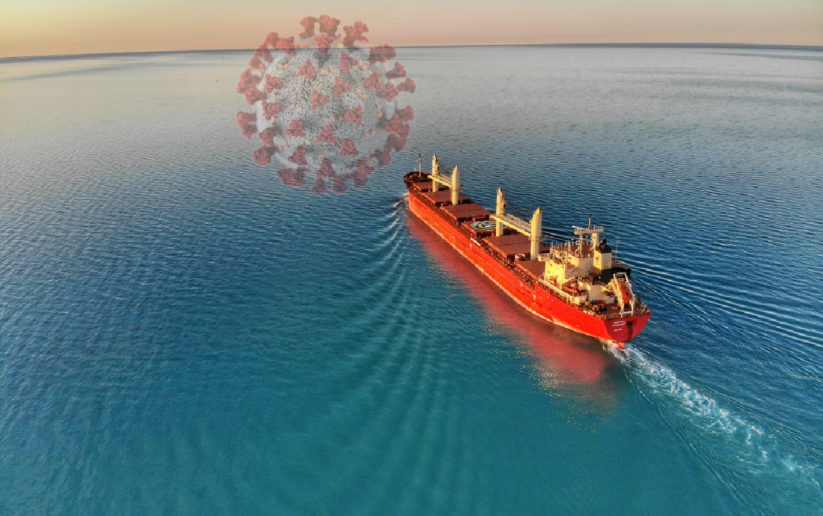
What drives the future of the shipping industry?
Currently, technology and sustainability are the strongest drivers for new developments in shipping. The cost of advanced technologies is going down every year, and together with the need to optimize, there would be many initiatives for innovations. Moreover, climate change is now an incredibly pressing issue, requiring a lot of changes in the shipping industry as new regulations are implemented and new technologies exploring renewable energies and low carbon fuels are tested.
Ports are increasingly becoming intertwined with their cities due to urban growth. This means that the port ecosystem will need to synergize with the wider supply chain and work harmoniously with cities to drive innovations and revenue. The future of shipping is digital, and more and more investments will be made to upgrade the digital infrastructure of ports. The bigger focus on digitalization also requires stronger collaboration and transparency. Technology will be a strong competitive advantage for more developed ports, and stakeholders will need to keep up with the race to this digital future. In the wake of new IoT solutions, port authorities will have to rethink how to capture values and make the most of digital transformation.
Sustainability has also become a top concern for businesses and this is expected to remain true in the years to come. Technological developments also prioritize sustainability in the solutions being implemented. Regulations concerning the matter will also become an incredibly important cost-driver for businesses, and thus a competitive advantage for those who manage to adapt. Ports and shipping companies that cannot accommodate green operations will have a hard time staying relevant. As the effect of GHG emissions is being more directly felt, societal pressure for greener performance will also go up, subsequently increasing the demand for optimization.
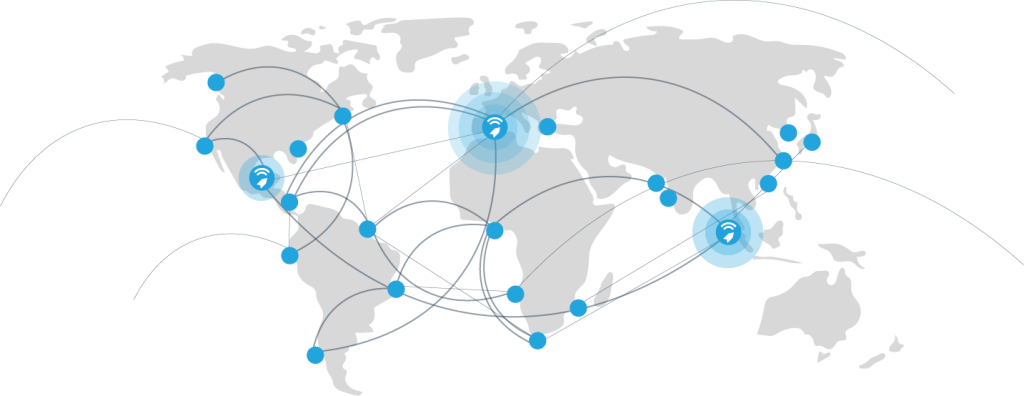
What are the main threats to the shipping industry?
1. Impact of environmental issues
Decarbonization has been a major concern for the industry for a while, leading to various new environmental regulations. The entire industry is in a race to lower the cap on GHG emissions and design energy efficient solutions for the world’s shipping fleets. This requires businesses to change a lot of how they operate in order to adapt and stay cost-effective.
Regulations seek to place a price on emissions, such as the EU Emissions Trading System. However, on an international scale, it is very difficult to reach a consensus in terms of regulatory solutions. Maritime businesses will need to take this into account when conducting operations.
2. Low preparedness for digital development
Digitalization is an inevitable development for the maritime world. There are already many initiatives in place for automating ports and ships, making use of artificial intelligence and big data solutions, etc. Despite this, a lot of the industry still lags behind on implementing and managing these solutions. This means that there is still quite a lot of inefficiency plaguing the industry, on top of the potential cybersecurity risk due to lack of preparedness.
Innovative technological solutions are also necessary to adapt to climate change concerns and increase resilience toward potential disruptions. Predictive solutions play an important role, but these require high quality data that produces actionable insights. Data and information management is also a part of the challenge the industry is facing, especially with the low availability of digital data.
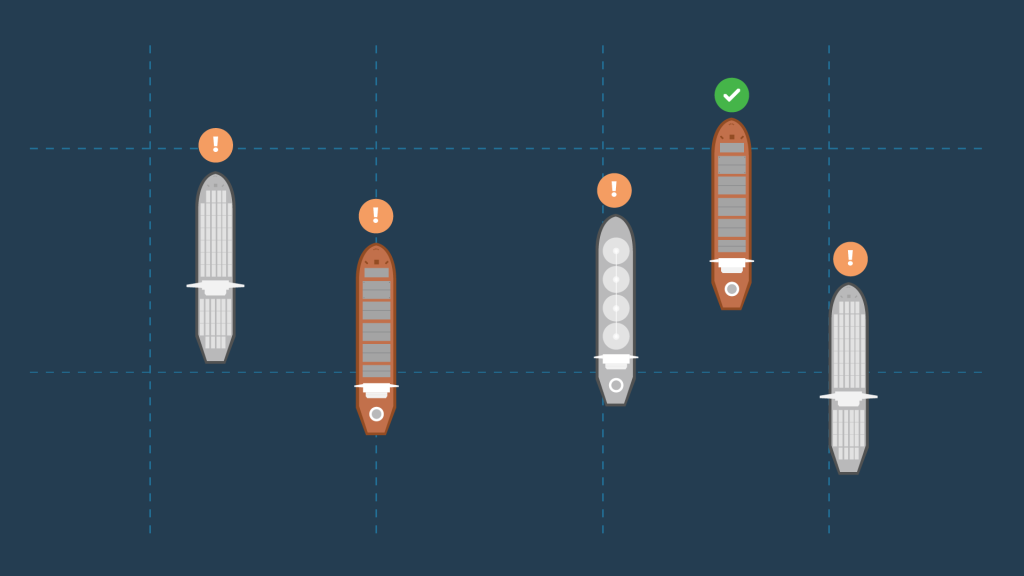
3. Geopolitical disruptions
Political tensions and protectionism are expected to continue to rise and affect the shipping industry. Processes in the industry could grow more complex and require better planning to ensure smooth operations. Urbanization and the increase in scarcity of space also demand ports to work more closely with cities and find spatially efficient solutions.
4. Challenge in collaboration
Transparency is becoming more and more important, despite some reluctance from stakeholders. Port authorities and vessels will need to coordinate and create a cooperative ecosystem because of demand for efficiency. This could be a challenge for some due to hesitance in data sharing, and it is a challenge that the industry must overcome in order to achieve optimization and sustainability goals.
5. Cyber security
As technology marches forward while the industry still lags behind, many security risks appear as the result of this gap. Lack of trust and data sharing as well as standardization expose the industry to cybersecurity threats. There is little certainty about the quality or safety of data received. On top of that, maritime infrastructures might have a hard time keeping up with new developments in technology.
Problems with documentation will urge the industry to utilize better secured electronic solutions along with updating IT security. New regulations and guidelines also require businesses to adapt and manage cyber risks more effectively to protect the integrity of the supply chain. With the inevitability of digital transformation in most aspects of the industry, investments in cybersecurity measures will no doubt increase.
What are the technologies shaping the future of the maritime industry?
Sophisticated big data analytic, IoT enabled solutions, AI, and autonomous shipping are among the most prominent technological trends in the industry.
1. Predictive analytics and big data
Thanks to analyzing data from large maritime systems, results about historical container patterns and ocean conditions can be obtained. Development in data analytics allows the industry to process data in real-time, efficiently track cargo, and stay up to date with on-going events to avoid costly mistakes. Over time, the data collected and analyzed will play an important role in redesigning ships, ports, and even maritime strategies.
2. Internet of Things
Internet of Things (IoT) implementation benefits smart linked vessels in many ways, including reducing fuel usage and maintenance expenses. IoT enables systems to communicate with one another in real-time to aid in process of monitoring ship operations. Furthermore, this helps create a comprehensive picture of maritime operations and enable insight-driven decision making. Decisions will be based on actual performance as opposed to intuition or a set schedule. New status and events are reported to relevant actors at the right time, contributing strongly to the detection of problems and saving costs. High speed connectivity will become increasingly important in maintaining the infrastructure of IoT solutions as well as enable collaboration and information sharing among stakeholders.
3. Artificial Intelligence
AI will be integrated more in maritime technology. By removing tedious and repetitive procedures, AI has great potential to speed up and enhance maritime operations. With machine learning and its capability in identifying patterns, together with big data, the industry will be able to build a truly formidable network of systems. When everything becomes interconnected, both internal and external, efficiency will increase drastically and human errors will be minimal. However, issues with trusts, data quality, disruptions of the workforce will prevent a total transformation for a while.
4. Autonomous shipping
Relating to all of the marine technology innovations mentioned above, autonomous shipping is the end goal of maritime technological development. Autonomous systems have appeared among more developed ports, but true autonomous shipping remains scarce. Rotterdam is leading this development, and although only in its early stage, there is already some promising progress. An effective system that is less reliant on crew can both drive profits and reduce costs. At the moment, safety, legality and standardization are major obstacles in the application of autonomous shipping. That said, the rapid development of this innovation shows great potential for the future of ship technology and the industry.
5. Digital Twin & Decision Support
The development of digital twin technology is a part of the overall digitalization trend in the maritime world. The concept of digital twin is created to construct virtual replicas of complex physical systems. Activities within a port are also considered to be such complex systems, which gives rise to the need of digital twins to aid in decision making. Advances in simulation will allow digital twins to not only replicate the real world, but also predict its behavior. This will provide stakeholders with the most optimal options for their operations.
The power of a digital twin is its ability to put publicly available information into context. Ultimately, good decision making is all about having comprehensive and correct background information. The innovation of digital twin is a promising prospect in decision support for maritime businesses.
At the moment, digital twins are implemented on a narrow, case-by-case basis. In the future, thanks to the growing advancement of IoT and AI, it would be possible for digital twins to predict disruptions before they ever occur and reduce risks to the minimum. Interests in digital twin technology have soared in the past decade, and it is expected to continue to rise in the coming decade.
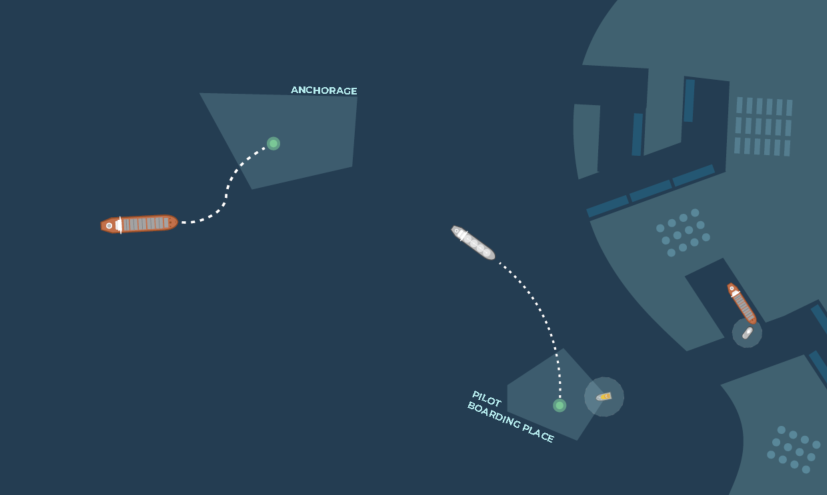
6. Integrated Control Systems
Maritime systems are becoming more interconnected, necessitating the creation of a control tower where actors can coordinate and monitor processes. Together with the digital twins, the control tower allows stakeholders to act upon the information they have and execute decisions in a timely manner. Such a control system will become essential in maintaining performance, organizing documentation and ensuring awareness of important events for authorities and operators.
7. Robotics & Drones
Autonomous systems have been put in place for various specific needs, but the wider integration of such systems remains scarce. The use of unmanned vehicles and robotic assistance has proven to increase cost efficiency and accuracy thanks to the mitigation of human errors. The development of robotics and drones help businesses acquire data even in the most hazardous environments and reduce the safety risks to personnel. On the other hand, the strength of robotic applications relies on the quality of telecommunication and data. In a future where maritime environments are interconnected and integrated into the wider supply chain, robotics will have a lot of space to develop in the maritime sphere.
8. Augmented reality
Augmented reality (AR) is a useful advancement for both training and support of the maritime workforce. AR creates an overlay on top of the surrounding environment for users, allowing the simulation of situations and assisting in various tasks. As AR develops, it will become a valuable and accessible tool for operators. High risk situations can be recreated to provide actors with important insights on what needs to be done without compromising safety. More integration of technology in maritime operations can be achieved with the application of AR.
Download Teqplay’s Future of Shipping white paper here

Léon Gommans | CEO/Co Founder of Teqplay
A serial entrepreneur who’s passionate about #innovation, #technology, #collaboration, and of course, #maritime. The mission is: to connect the dots & to get it to work, together with the industry!
- +31 (0)6 55306660
- leon@teqplay.com
- Léon Gommans

